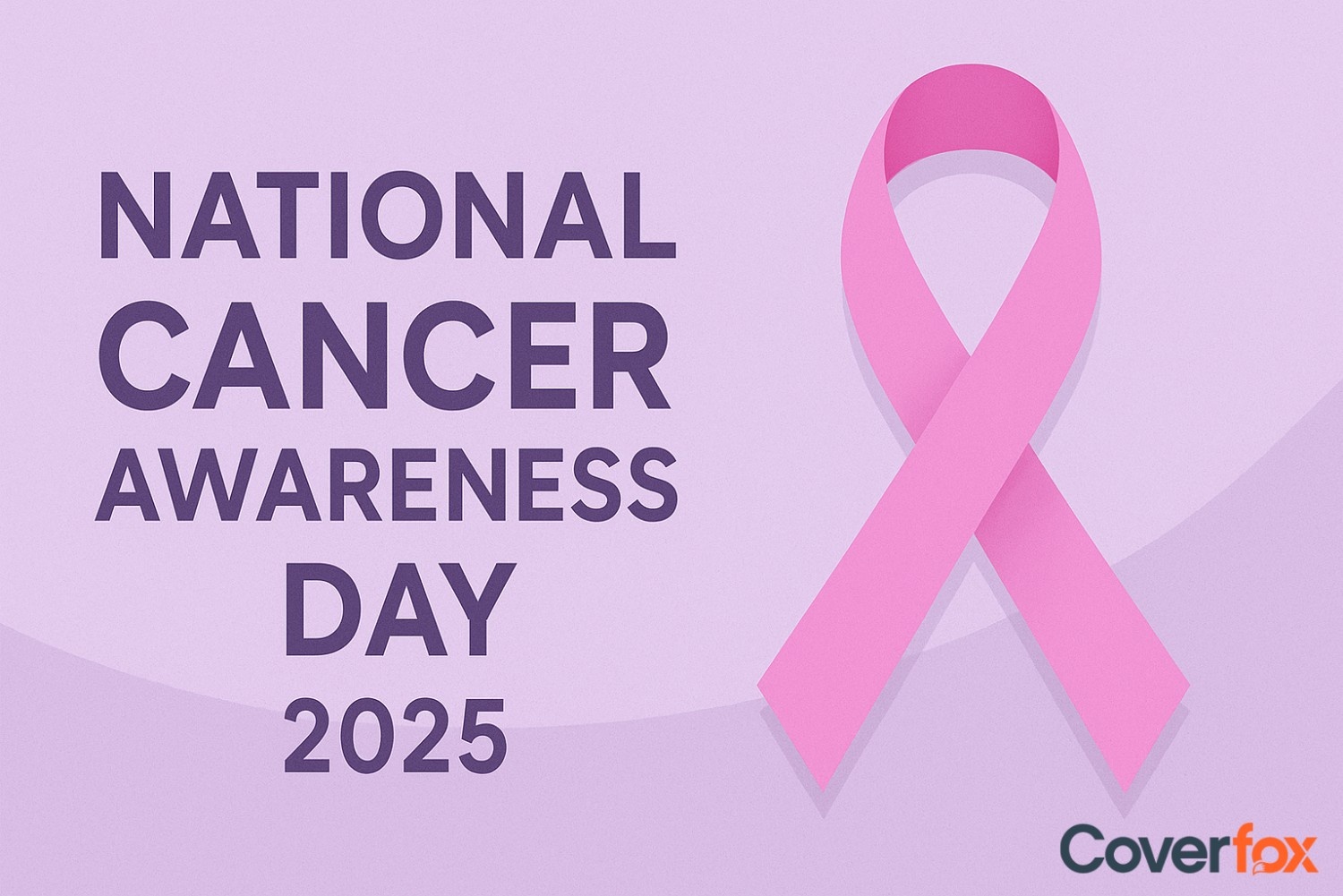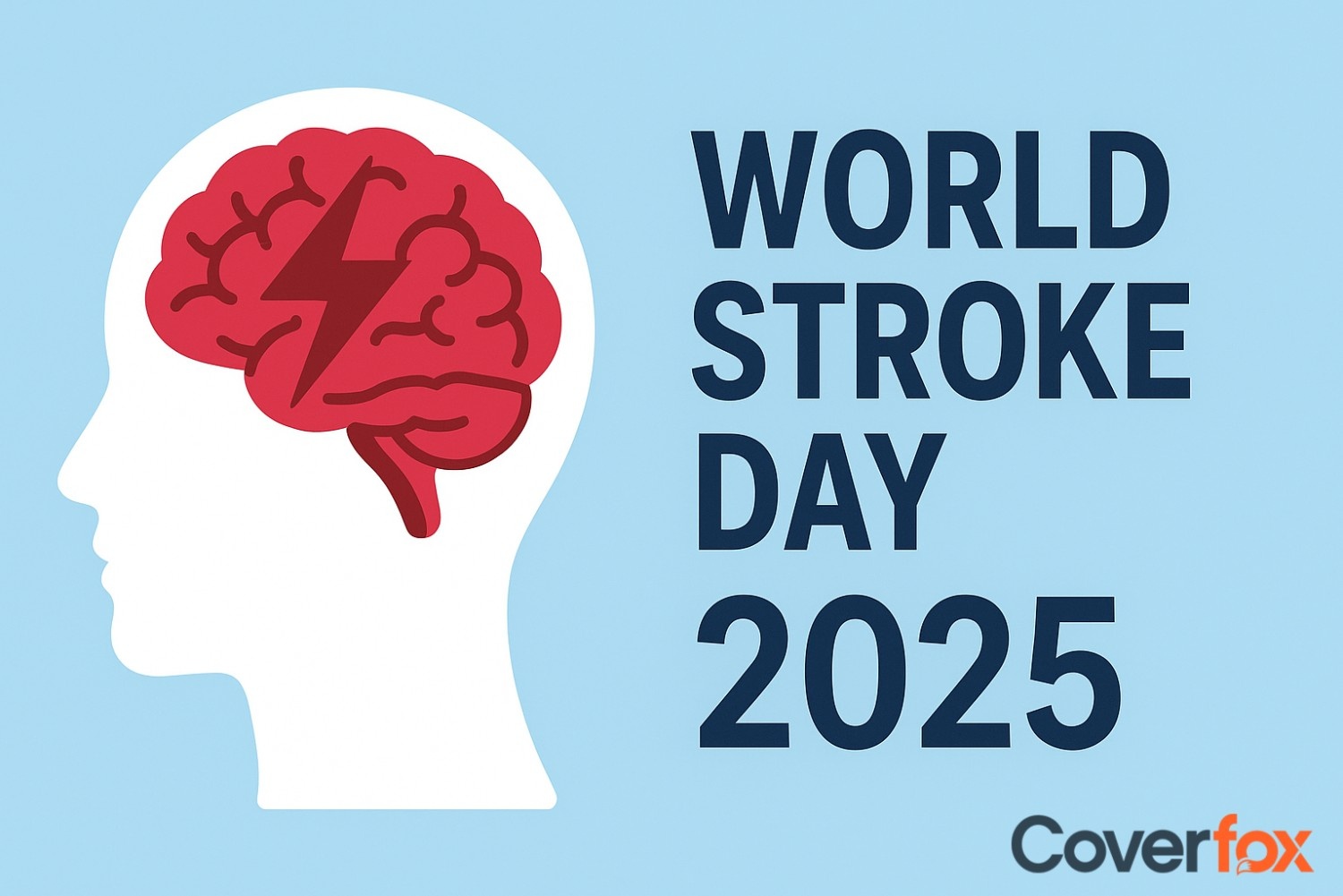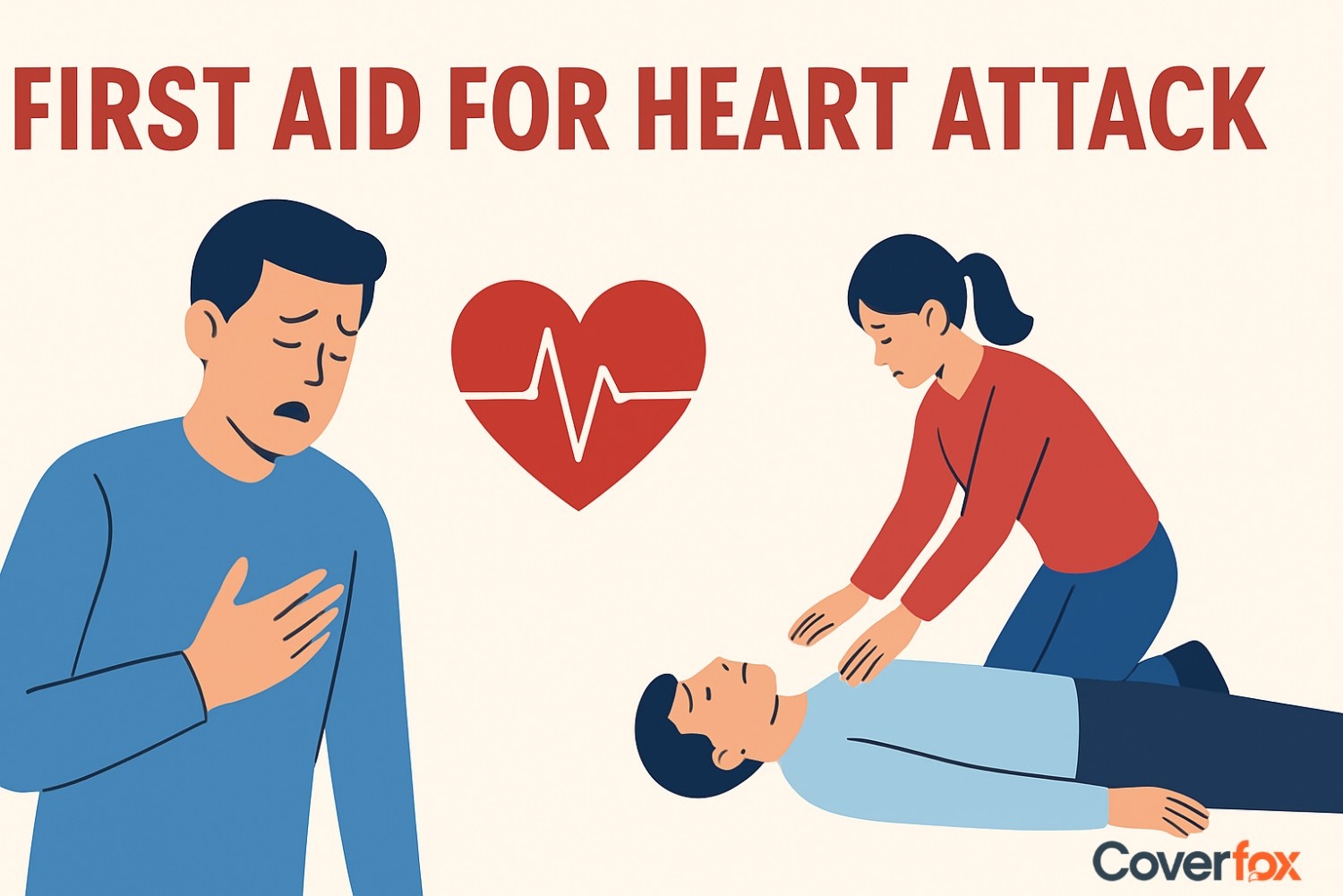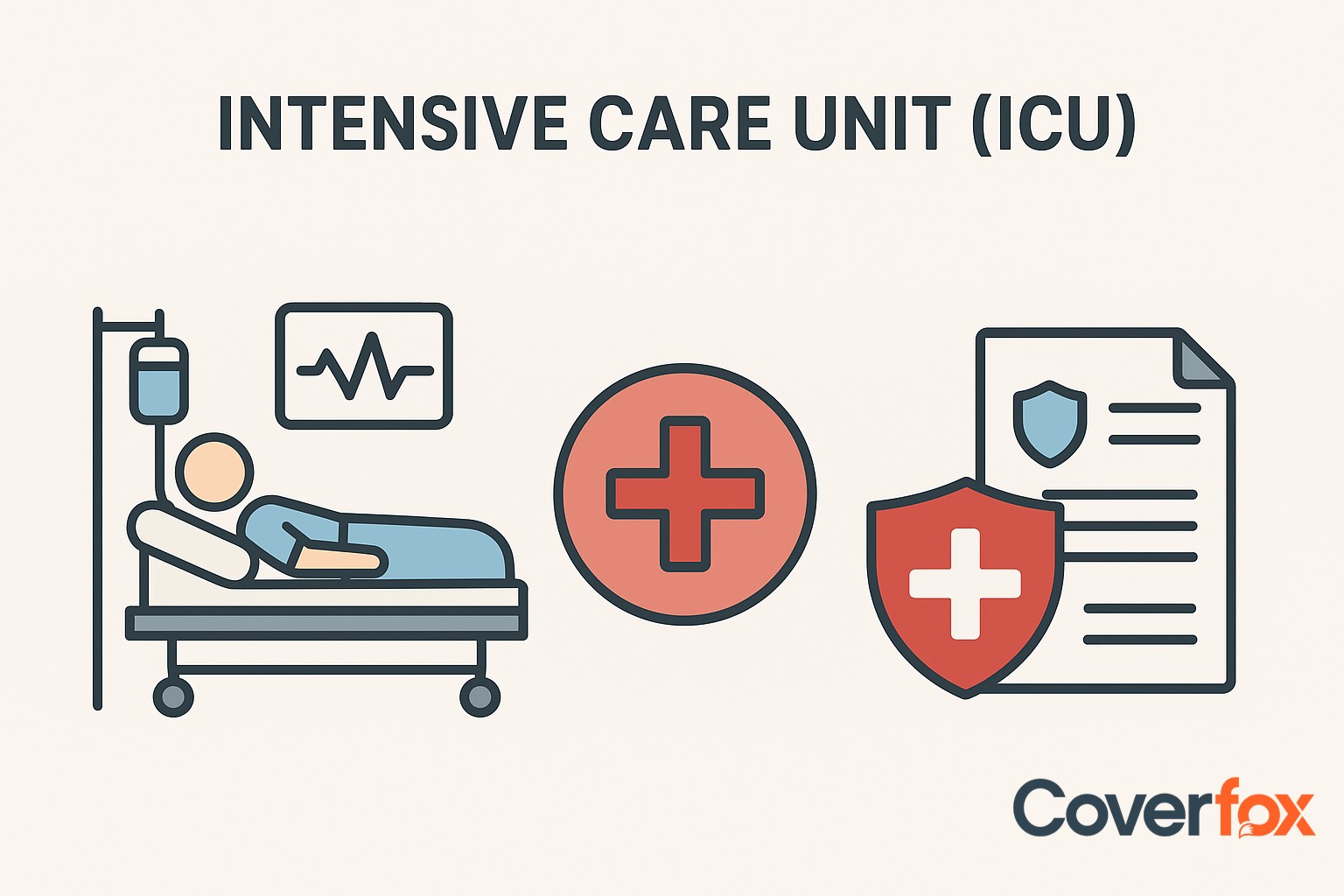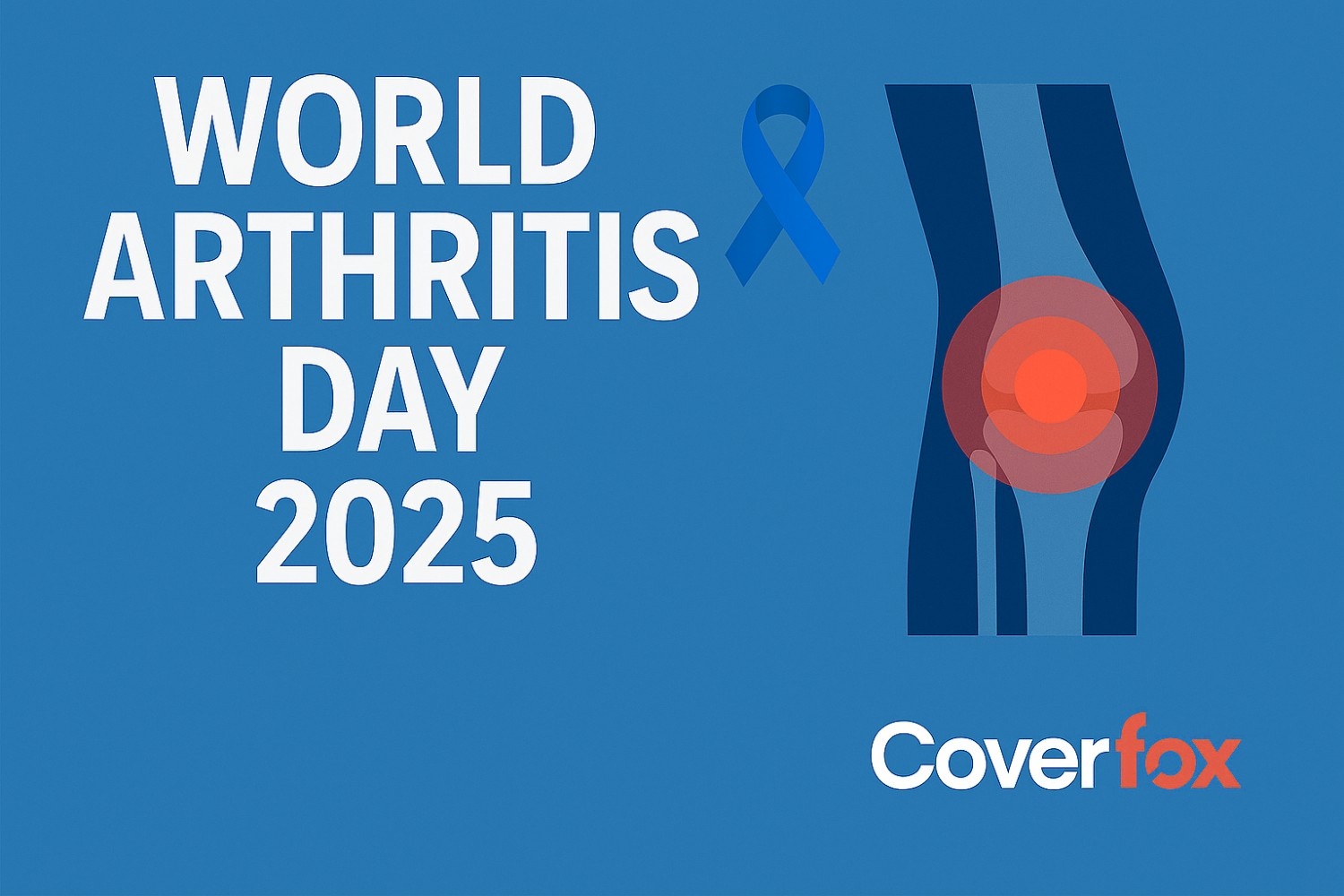Every year, on May 31 comes the “World No Tobacco Day”. The World Health Organisation (WHO) aims and urges everyone to observe no use of tobacco on this day, in any form. WHO targets to cut down tobacco consumption by 30% by the year-end (2025).

This day serves as a reminder of the negative impact of tobacco usage on health. Lung cancer, heart diseases, strokes, respiratory infections, type-2 diabetes, are just a few of the concerning health crises caused by tobacco. As per a report by WHO, in 2020, around 1.3 Billion people have consumed tobacco. That's around 22% of the world’s entire population, which is indeed alarming.
A Brief History of World No Tobacco Day
The World Health Organisation realised the need for a global campaign against tobacco in the year 1988. The first ever observance recorded was on April 7, 1988 along with WHO’s 40th anniversary. However, this was later shifted to May 31 to maintain regularity. This event marked as the first step to fight against tobacco in modern day health advocacy. Every year, WHO sets a specific theme to highlight a certain issue involving tobacco and provide complete insights and debunk this industry to help overcome this adversity.
Theme of World No Tobacco Day 2025
This year’s World No Tobacco Day sets in with the theme “Unmasking the appeal”. This theme will emphasize on how tobacco manufacturers use different types of appeal to attract people to consume tobacco products despite constant regulations from WHO. They plan to unveil the harmful tactics of tobacco industries, exploiting children, and trying to persuade them to use their products using different flavours and sweeteners and mimicking their products as toys. This initiative will foresee the tobacco industry’s unjust persuasions and bring about awareness about these practices to the common man.
The Health Impact of Tobacco Use
The use of tobacco is the leading cause of preventable death and illnesses in the world. It contains around 7,000 chemicals, out of which 70 are confirmed to be carcinogens. In the world, approximately 1.3 million people die due to tobacco use annually. Tobacco use not only affects the person using it, but also the people around them, especially kids and pregnant women. Here are the major health impacts of tobacco use:
1. Lung Cancer
Tobacco smoke is the leading cause of lung cancer, accounting for over 80% of all cases due to carcinogens that damage lung tissue.
2. Oral Cancer
Smokeless tobacco and smoking can cause cancers of the mouth, tongue, lips, and throat by continuously exposing cells to toxic chemicals.
3. Heart Disease
Tobacco increases blood pressure, damages arteries, and raises the risk of heart attacks and strokes by reducing oxygen supply to the heart.
4. Chronic Obstructive Pulmonary Disease (COPD)
COPD, including chronic bronchitis and emphysema, is caused by long-term smoking that destroys air sacs in the lungs.
5. Stroke
Smoking doubles the risk of stroke by thickening blood and narrowing arteries, which can block blood flow to the brain.
6. Asthma
Tobacco smoke irritates the airways and can trigger or worsen asthma attacks, particularly in children and non-smokers.
7. Reproductive Issues
Tobacco impairs fertility, increases the risk of miscarriage, and leads to complications during pregnancy and childbirth. It can also trigger disorders like erectile dysfunction.
Why Quitting Tobacco Is the Best Lifestyle Decision You Can Make
As per the fact sheet by WHO in 2023, Tobacco kills half of the consumers who do not quit. Quitting sure is difficult, but not impossible. Plus, the effects and changes you see after you quit will make you quit tobacco more. Your health will slowly rejuvenate, and you will be able to do activities that you previously couldn't. Here are a short and long term effects of quitting tobacco use:
Short-Term Benefits
- 20 minutes: Heart rate and blood pressure drop to normal.
- 12 hours: Carbon monoxide levels in the blood return to normal.
- 2–12 weeks: Blood circulation improves; lung function begins to increase.
- 1–9 months: Coughing and shortness of breath reduce as lung cilia regenerate.
Long-Term Benefits
- 1 year: Risk of coronary heart disease is cut in half.
- 5 years: Stroke risk drops to that of a non-smoker.
- 10 years: Risk of lung cancer drops to half that of a smoker; risks for cancers of the mouth, throat, and pancreas also decline.
- 15 years: Risk of heart disease matches that of a non-smoker.
Bonus: Improved sense of taste and smell, enhanced energy, better skin health, and lower stress over time.
The Role of Preventive Health and Lifestyle Disease Plans
Lifestyle diseases plans mainly focus on diseases caused by poor diet, sedentary lifestyle, inactivity, and tobacco use. These plans focus on diseases like diabetes, hypertension, cardiovascular conditions, and certain cancers—many of which are linked to tobacco consumption. The preventive health plan ensures pre-checkups, monitoring and checking these diseases at an early stage, providing support to curb them getting serious. For tobacco users, such plans often include access to cessation programmes, counselling, nicotine replacement therapies (NRT), and coverage for complications arising from tobacco use. These plans act like a safeguard protection and as a support system to help tobacco users quit.
Support Systems for Quitting Tobacco
Quitting tobacco is easier said than done. It requires effort and support, which is easily available. Here’s a few supporting systems that would help users quit tobacco:
- Nicotine Replacement Therapies (NRTs) like gums, patches, and lozenges
- Quitlines such as the Government of India’s National Tobacco Quitline (1800-112-356)
- Behavioural counselling (online, in-person, or via mobile apps)
- Digital tools like mCessation, a government-backed SMS-based quit programme
- Support groups and community-based cessation initiatives
Health insurers also provide discounts for non-smokers, thus motivating them to quit smoking. They have also started including these support systems in their wellness benefits by offering cessation programmes, covering NRT costs, and providing preventive screenings under lifestyle disease plans.
Government and Global Actions Toward a Tobacco-Free World
Here are a key steps taken by the government of India to control tobacco use in India:
Cigarettes and Other Tobacco Products Act (COTPA), 2003
Prohibits smoking in public places, restricts tobacco advertising, and mandates large pictorial warnings on packaging.
Tobacco Taxation
India imposes high GST (up to 28%) and cess on tobacco products to reduce affordability and consumption.
Smoke-Free Policies
Enforced bans on smoking in offices, hospitals, airports, and other public spaces.
Public Health Campaigns
Government-led campaigns like "Tobacco Kills", "Every Cigarette Kills", and film disclaimers raise awareness nationwide.
National Tobacco Control Programme (NTCP)
Focuses on prevention, education, and cessation services across states, especially in schools and rural areas.
mCessation Programme
A free SMS-based quit service in collaboration with WHO, providing personalised quitting tips in regional languages.
Ban on E-Cigarettes (2019)
India prohibited the sale, production, and advertising of e-cigarettes to prevent youth addiction.
The WHO Framework Convention on Tobacco Control (FCTC) was the first global public health treaty dedicated to reducing tobacco consumption. The WHO MPOWER plan was adopted by many countries including India to limit the use of tobacco: WHO MPOWER Strategy is a 6-point policy package encouraging countries to
- Monitor tobacco use
- Protect people from smoke
- Offer help to quit
- Warn about the dangers
- Enforce bans on advertising
- Raise taxes on tobacco
Final Thoughts: Your Health, Your Choice
Consuming tobacco will only do you more harm than good. Damage done cannot be retracted, but slowly and with proper determination, your body will rejuvenate, only if you decide to choose the healthier path. Quit tobacco today: 1800-11-2356 (toll-free government helpline). Get the best health insurance policy that will help you in your journey to quit tobacco.
Frequently Asked Questions
What is World No Tobacco Day?
An annual global event on May 31 to raise awareness about the dangers of tobacco use.
Can quitting tobacco reverse health damage?
It does not exactly reverse any damages, but your body starts to heal and health risks start to deteriorate after quitting.
Is second-hand smoke dangerous?
Yes, it can cause cancer, heart disease, and respiratory issues in non-smokers, especially children.
What are some effective ways to quit tobacco?
Counselling, nicotine replacement therapy (NRT), medications, and digital quit programmes are proven methods.
